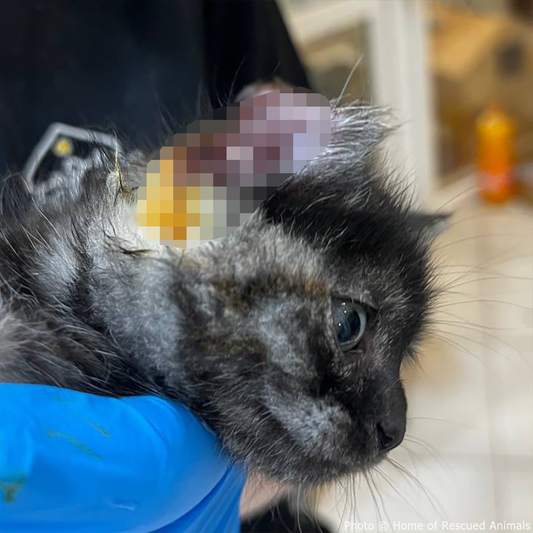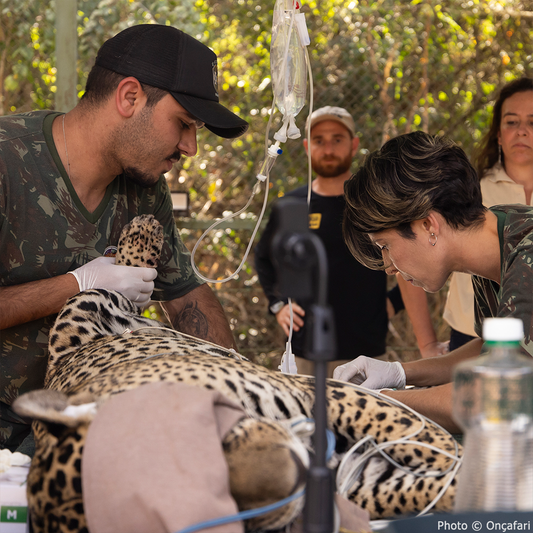Human Violence and Pollution Threaten Louisiana’s Beloved Dolphins
Matthew Russell
Photo: Pexels
The bottlenose dolphin, a symbol of the Gulf Coast's vibrant marine life, faces grave threats in Louisiana. These threats range from habitat destruction and pollution to direct human violence.
Recent studies and incidents have brought urgency to addressing these challenges. else the survival of these intelligent creatures may be in jeopardy.

Impact of the Mid-Barataria Sediment Diversion
The proposed Mid-Barataria Sediment Diversion project is a major concern for the dolphin population in Barataria Bay. This $2 billion project aims to restore wetlands by diverting freshwater and sediment from the Mississippi River into the bay. While it promises to create new land and reduce hurricane storm surges, it poses a severe risk to the local dolphin population, NOLA.com reports.
According to a study by the University of St. Andrews, SMRU Consulting, and the National Marine Mammal Foundation, the diversion could make bottlenose dolphins "functionally extinct" in much of the Barataria Basin within a decade of its operation. By the end of the first 50 years, dolphin numbers in the bay could drop by 85% without intervention.
The diversion is expected to operate for an average of 177 days a year, during which it will funnel up to 75,000 cubic feet per second of freshwater into the bay. This influx will drastically lower salinity levels, causing skin lesions and other health issues in dolphins, NOLA.com reports.
In 2019, low salinity levels linked to freshwater inflows caused over 300 dolphin deaths across the Gulf Coast.

Efforts to Mitigate the Impact
The state has proposed a $20 million plan to monitor and manage the impact on marine mammals, including an enhanced stranding network run by the Audubon Nature Institute. This network aims to identify and treat dolphins in distress. Additionally, a $20 million "stewardship" strategy seeks to reduce other stressors on dolphins, such as fishing gear changes and illegal feeding.
The response plan involves three phases: workshops on dolphin health and exposure, studying dolphins before and during the diversion's operation, and interventions based on previous findings. These steps include remote monitoring, hands-on rehabilitation, and relocation efforts, reports the Insurance Journal.

Violence and Human Harassment
In addition to environmental threats, bottlenose dolphins face direct human violence. In April 2024, a juvenile dolphin was found shot dead on West Mae's Beach in Louisiana.
As the Miami Herald reports, the dolphin had bullets lodged in its heart, brain, and spinal cord. Harm and harassment of dolphins is prohibited under the Marine Mammal Protection Act, and the National Oceanic and Atmospheric Administration (NOAA) has offered a $20,000 reward for information leading to the identification and prosecution of the responsible party.
The NOAA's Office of Law Enforcement urges the public to report any information about such incidents to help protect these vulnerable animals. Violators of the Marine Mammal Protection Act face up to a year in jail and fines up to $100,000 per violation NBC Miami reports.

Legal Actions and Community Efforts
Local governments and business groups on the Mississippi Gulf Coast, collectively known as the Mississippi Sound Coalition, have filed a federal lawsuit against the U.S. Army Corps of Engineers. They argue that the Corps' actions, such as opening the Bonnet Carré Spillway, have caused significant harm to the dolphin population by lowering salinity levels and increasing pollution in the Mississippi Sound, reports the Insurance Journal.
The lawsuit seeks to enforce the Marine Mammal Protection Act and require the Corps to obtain permits for actions that disrupt dolphin habitats. This legal action follows a similar lawsuit filed in 2019, which resulted in a ruling that the Corps must consult with the National Marine Fisheries Service before opening the spillway. The Coalition continues to push for solutions that protect both the coastal communities and the dolphin populations.

Future Outlook and Conservation Efforts
The future of Louisiana's bottlenose dolphins depends on effective mitigation strategies, legal protections, and community involvement. Scientists and conservationists stress the importance of long-term studies and adaptive management to balance the needs of coastal restoration with the survival of these marine mammals.
As the Mid-Barataria Sediment Diversion project progresses, continued monitoring and adaptive management will be crucial in minimizing its impact on the dolphin population.
Click below to take action for Louisiana's bottlenose dolphins!
Matthew Russell is a West Michigan native and with a background in journalism, data analysis, cartography and design thinking. He likes to learn new things and solve old problems whenever possible, and enjoys bicycling, spending time with his daughters, and coffee.




















